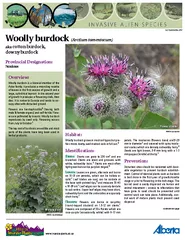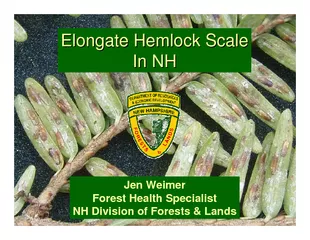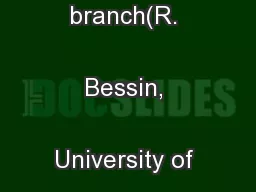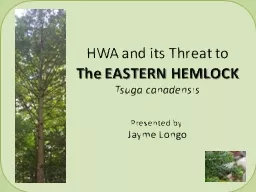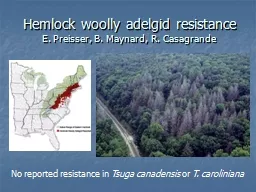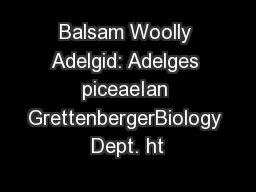PPT-Hemlock Woolly adelgid
Author : pasty-toler | Published Date : 2016-08-13
Tennessee Division of Forestry Background History of HWA Hemlock woolly adelgid HWA Adelges tsugae is a nonnative insect pest that kills native eastern and carolina
Presentation Embed Code
Download Presentation
Download Presentation The PPT/PDF document "Hemlock Woolly adelgid" is the property of its rightful owner. Permission is granted to download and print the materials on this website for personal, non-commercial use only, and to display it on your personal computer provided you do not modify the materials and that you retain all copyright notices contained in the materials. By downloading content from our website, you accept the terms of this agreement.
Hemlock Woolly adelgid: Transcript
Download Rules Of Document
"Hemlock Woolly adelgid"The content belongs to its owner. You may download and print it for personal use, without modification, and keep all copyright notices. By downloading, you agree to these terms.
Related Documents


